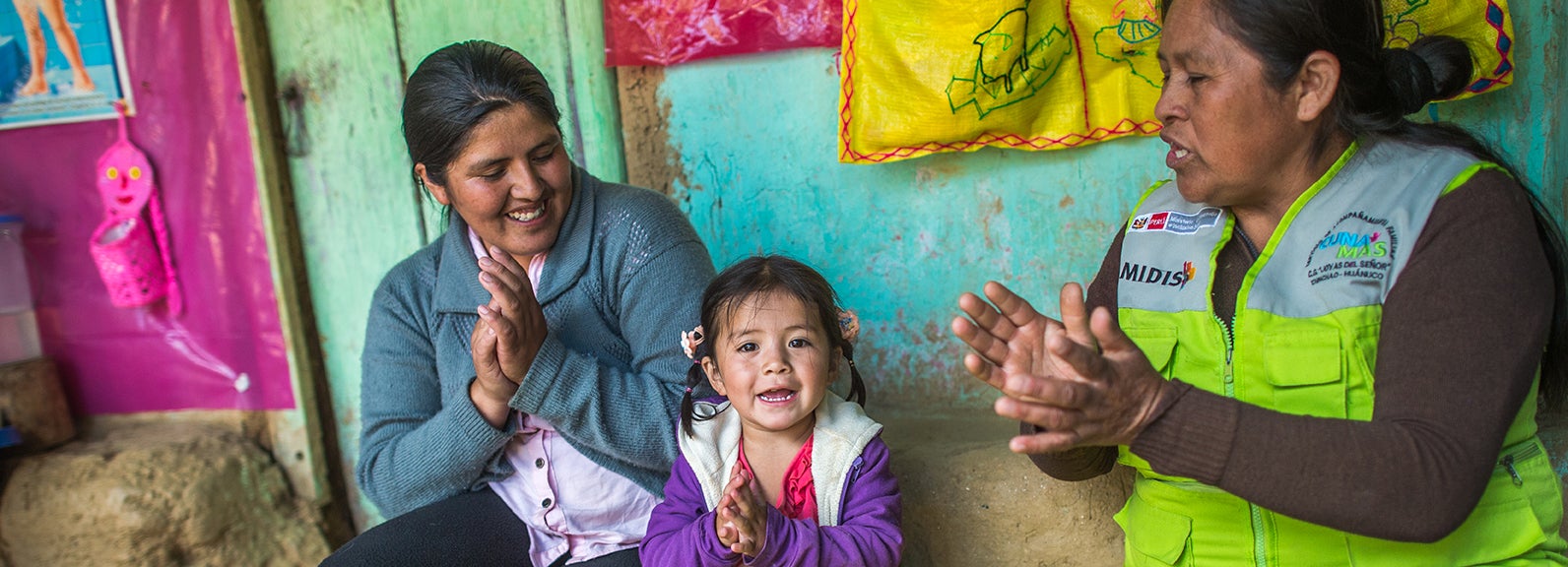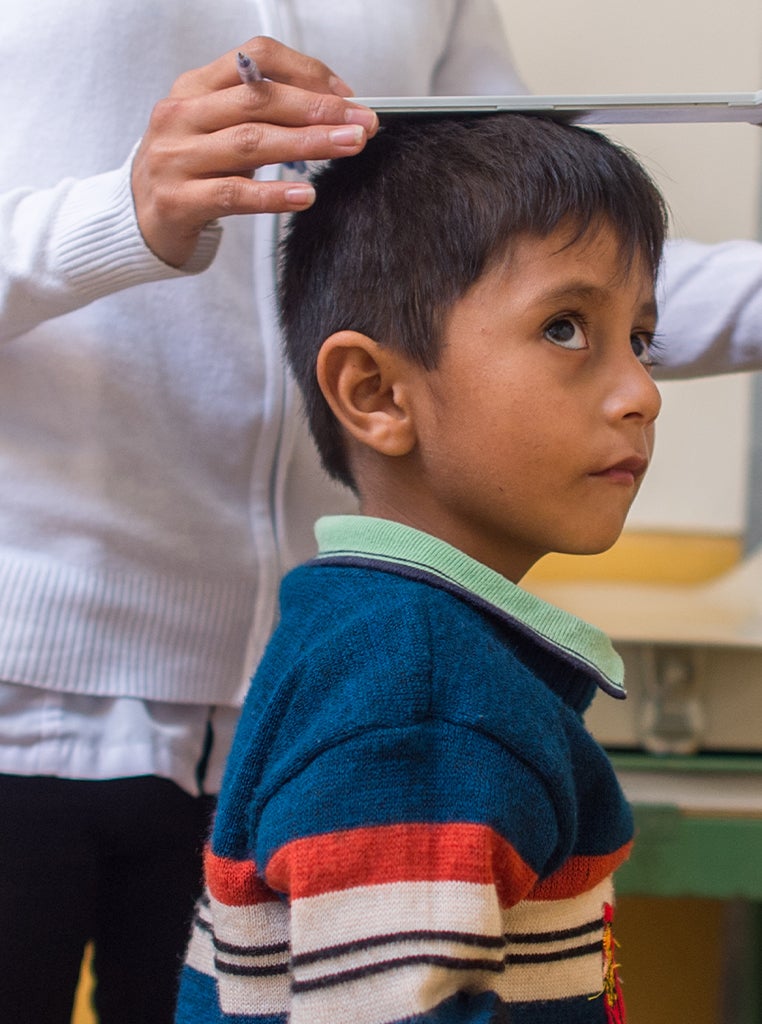Under-five mortality reduction in Peru
From 2000 to 2015, Peru’s under-five mortality rate decreased by 57 percent.
CONTENTS
Quick Downloads

Key Insights
Peru established itself as a model among lower middle-income countries for reductions in U5M, and as its economic growth led to classification as an upper middle-income country, its U5M outcomes were on par with these more affluent countries.
Peru’s efforts to reduce U5M benefited from certain specific contextual factors, including strong and consistent leadership, along with the prioritization of health and poverty-reduction initiatives and sustained economic growth that allowed for increasing investments in health. These investments included health systems strengthening efforts as well as expansions in health insurance and improvements in water, sanitation, hygiene and nutrition.
Consistently making equity a priority in implementation decisions
As a result of various pro-equity measures, improvements occurred across all wealth quintiles in the country, and the equity gap between rates of these quintiles narrowed impressively – for under-five mortality overall and neonatal mortality.

The 2001 establishment of the Roundtable for the Fight Against Poverty (Mesa de Concertacion de Lucha contra la Pobreza) produced the 2002 National Agreement (Acuerdo Nacional), which signaled the emergence of a national consensus on the importance of ending extreme poverty in Peru. This deeply influenced national health policy, including the effort against U5M.
Peru selected disadvantaged or vulnerable areas for the rollout of several vaccinations, including rotavirus vaccine, pneumococcal vaccination, and Hib vaccine. The government and its partners placed crucial health infrastructure in rural, largely poor areas that had formerly lacked hospitals and health centers.
Developing strong community-focused health systems
Developing health systems and engaging at the community level, with a long-standing commitment to the training of community health agents and traditional healers.
In the 1990s, community health agents (volunteers) known as Promotores de Salud (health promoters) began taking on significant roles in the nation’s malaria-control program. These health workers were trained to perform selected activities across a range of local health issues.
The promotores have played a crucial role in the delivery of health care at the community level across Peru, including interventions against U5M.

Implementing innovative approaches
Implementing innovative approaches based on research and integrating the findings into policymaking.

Peru took innovative approaches to U5M research, conducting local studies to identify interventions that might suit specific communities, such as vertical delivery for rural areas. It also sought to identify effective interventions from around the world that might be applicable to Peru’s unique sociopolitical and cultural context. This incorporation of research and evidence-based interventions led to increases in intervention coverage, particularly with regard to antenatal and delivery services – health topics that touched on deep cultural sensitivities.
Establishing clear national health priorities to guide the actions of partners
The Peruvian government sought to ensure that the priorities of partners were congruent with its own maternal health and child health priorities, thereby increasing the resources available for addressing U5M.
The National Agreement was an especially notable example of national priority-setting, and it signaled the government’s priorities to external partners. One specific example of how the government worked closely with nongovernmental organizations (NGOs) and international health agencies was the Neonatal Health Collective, which pooled resources and expertise with the specific aim of meeting Millennium Development Goal 4, the reduction of child mortality.


Under-five mortality reduction in Nepal

Ask an Expert
Our team and partners are available to answer questions that clarify our research, insights, methodology, and conclusions.
